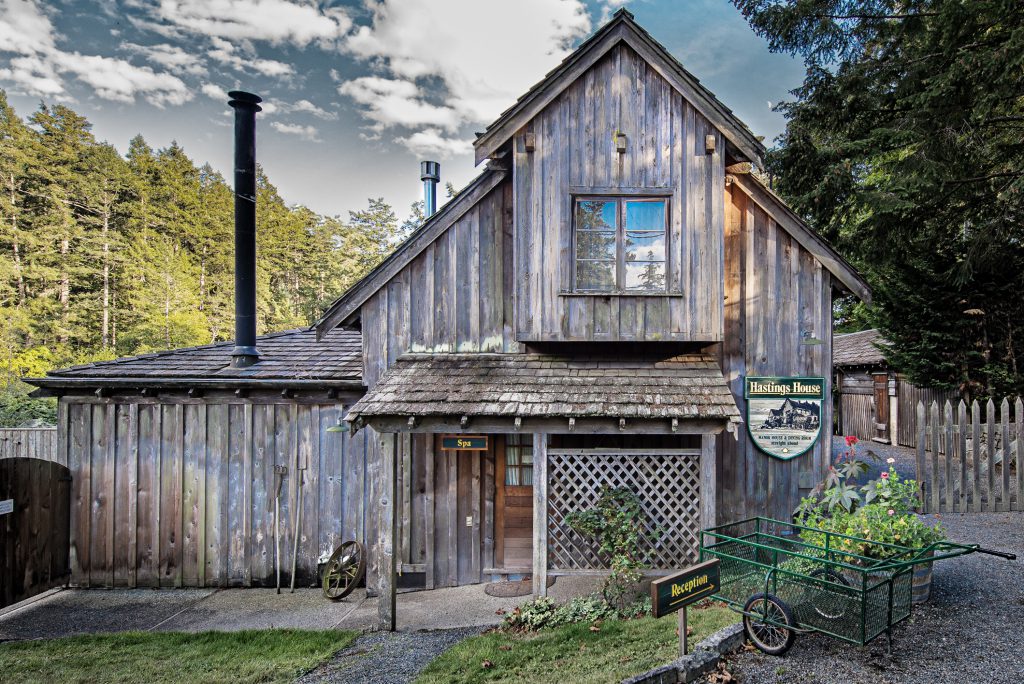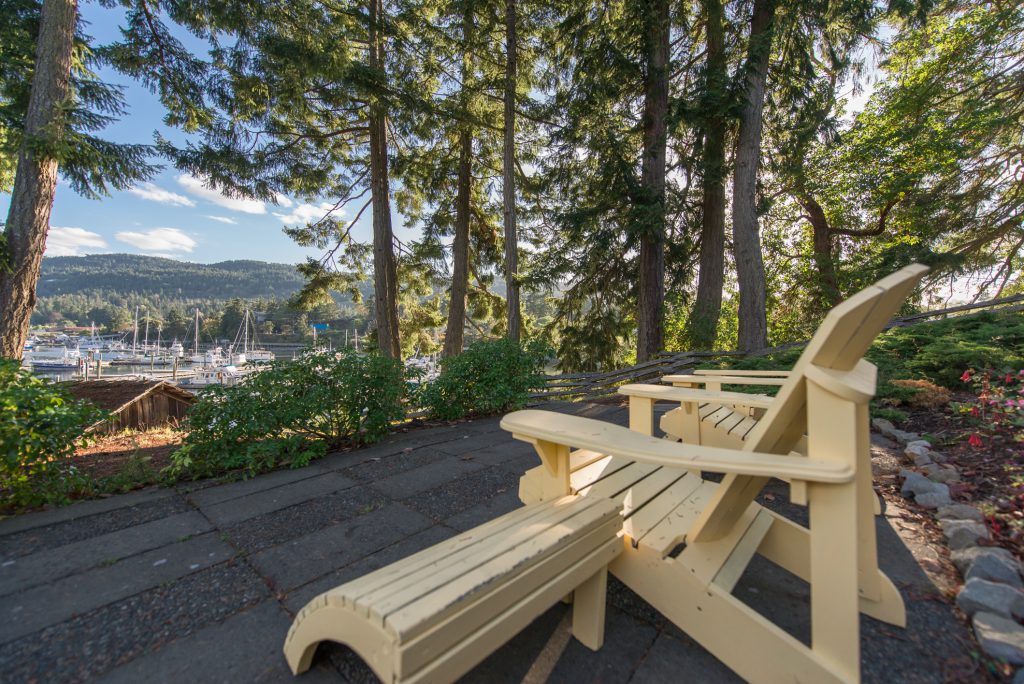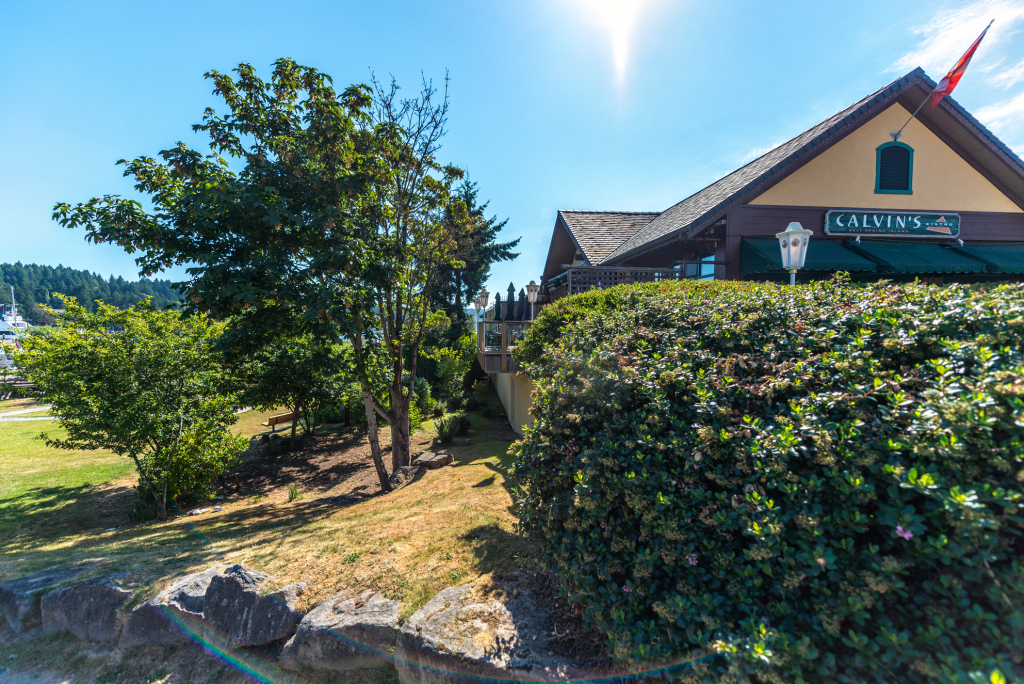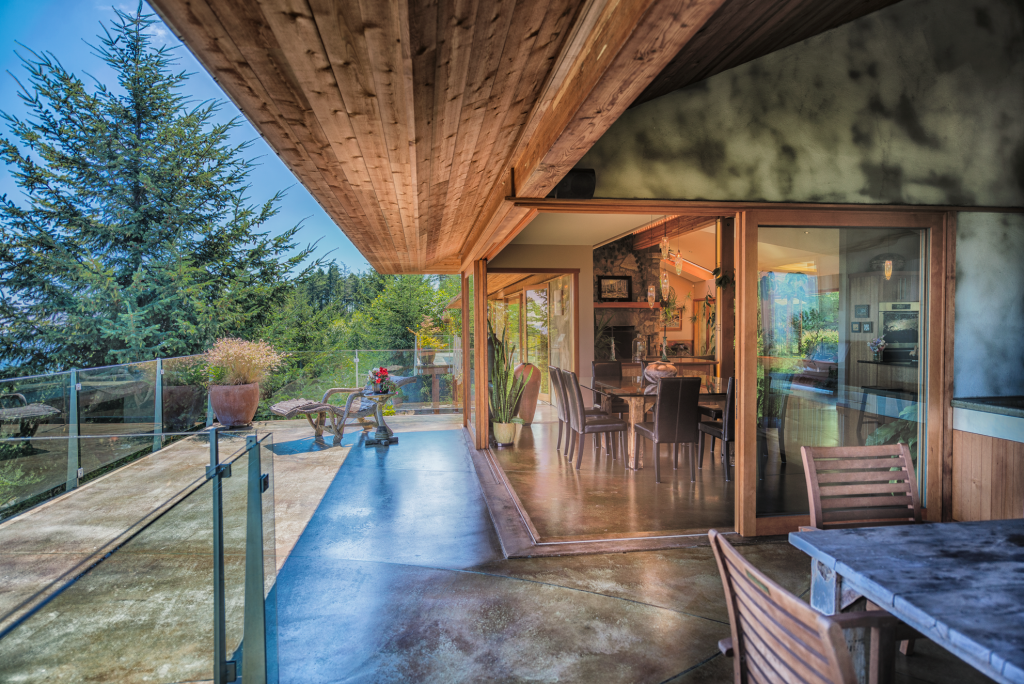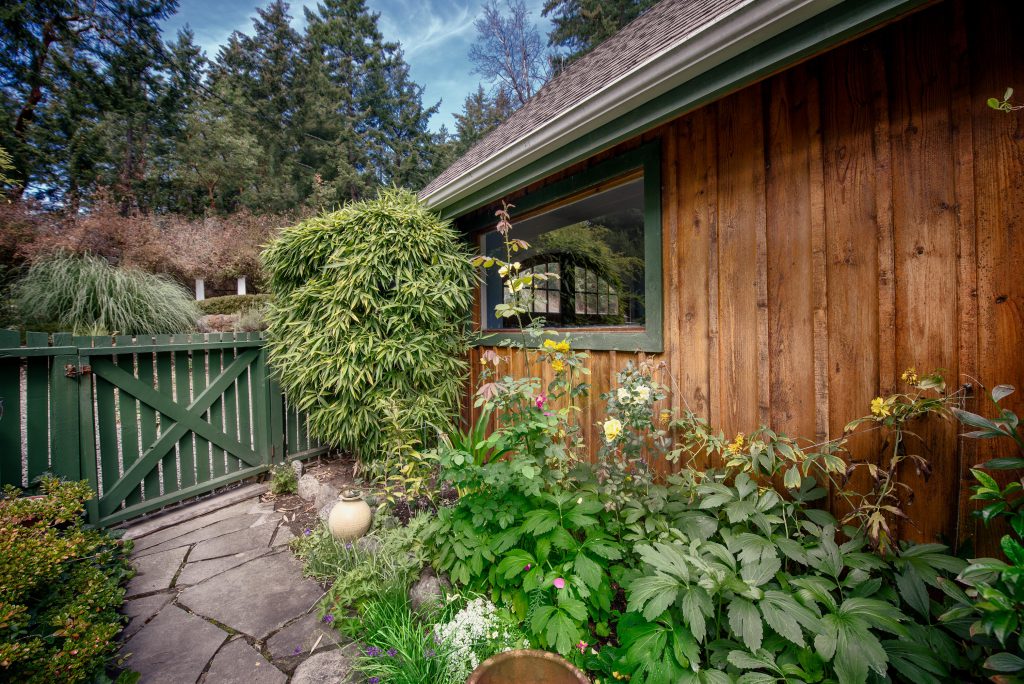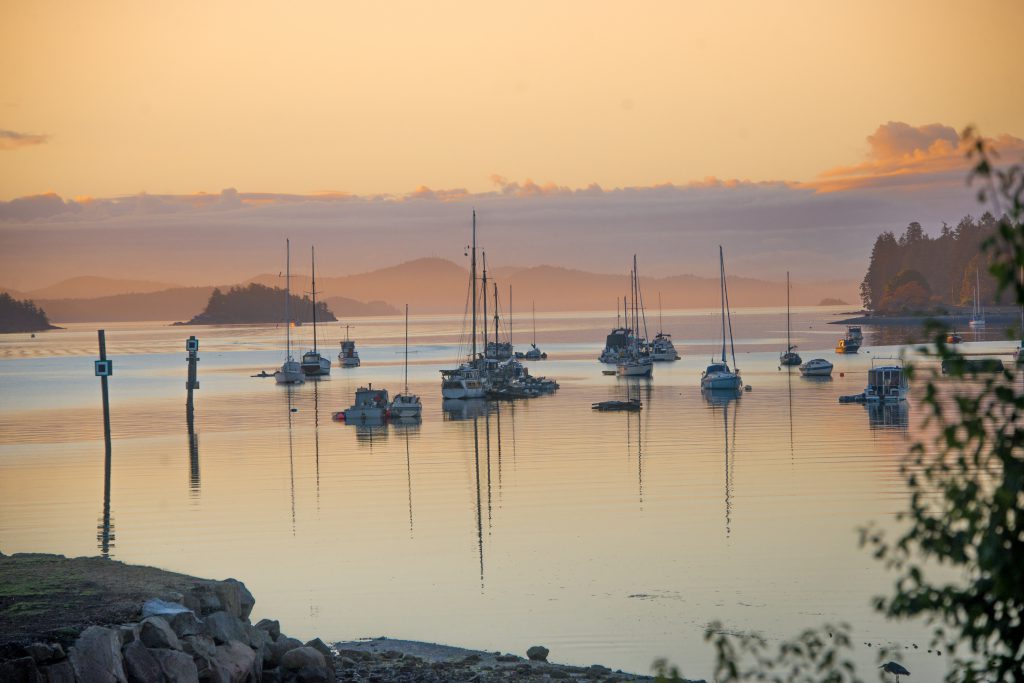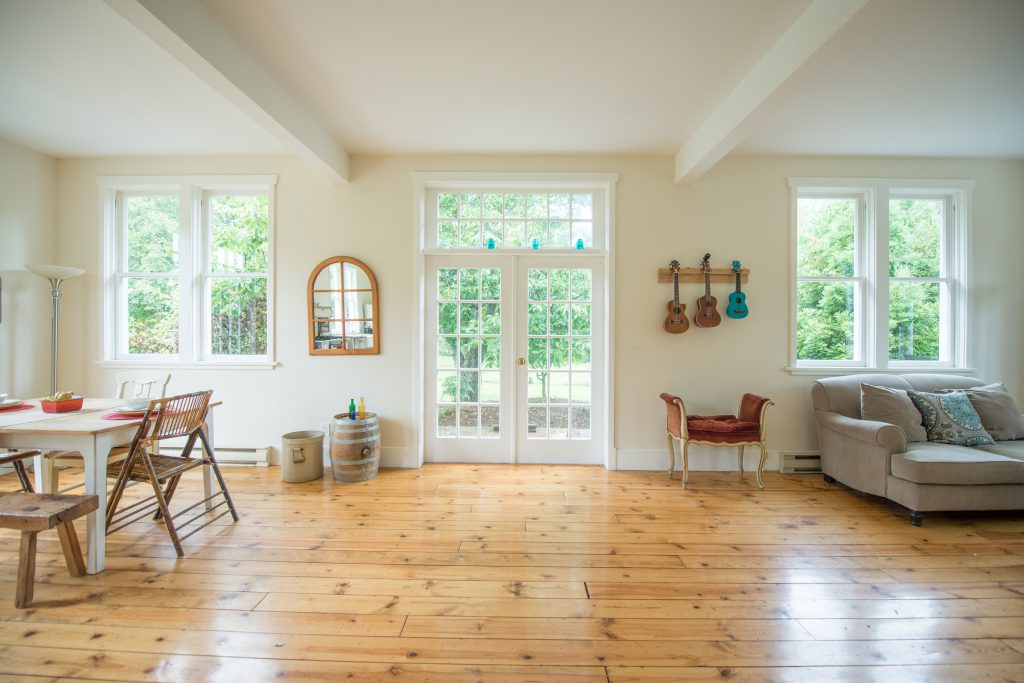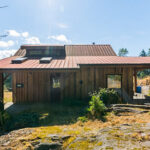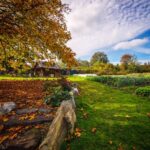September 2018, Salt Spring
The beginning of September…still technically summer, yet somehow accepted as early Fall. All those back to school memories, perhaps, signalling a season change?
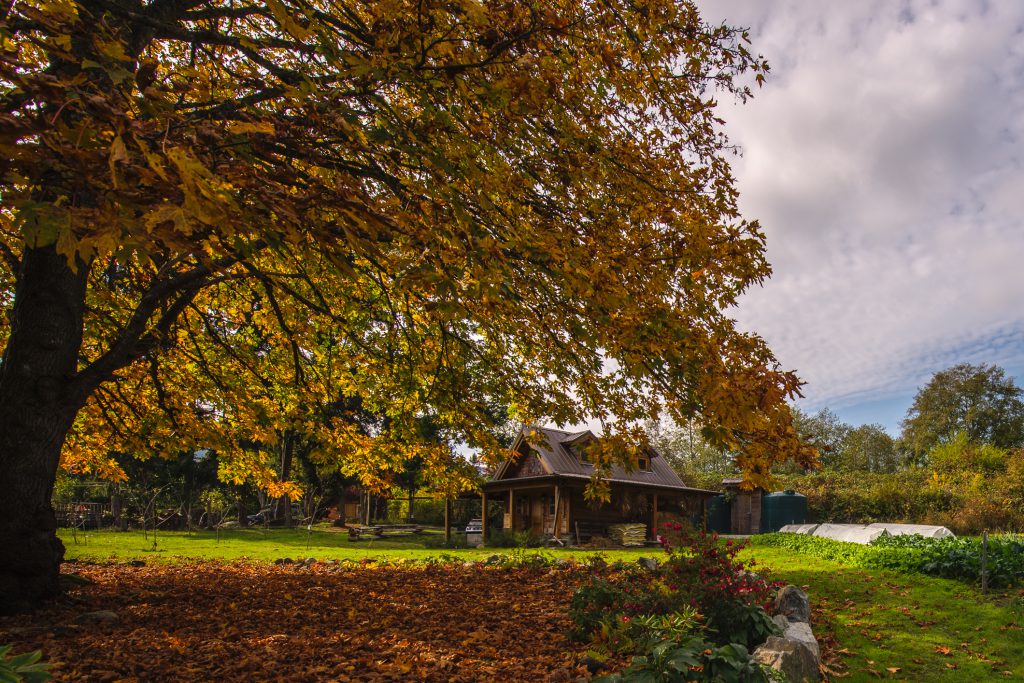
The Fall Market in Gulf Islands real estate can be busy…September/October/November do see a lot of sales going through. Perhaps buyers looked earlier, but they often wait till early and late Fall to “act”.
Some Statistics …
As we start into September, on Salt Spring there are approximately:
126 residential offerings CURRENTLY LISTED:
- 60 below 1 million (309,900 to 995,000)
- 66 over 1 million (1,020,000 to 4.8 million)
There are approximately 90 lots/acreages CURRENTLY LISTED:
- 79 of them between 159,000 and 995,000
- 11 of them between 1,020,000 and 2,495,000
There have been approximately 145 SALES TO DATE
- 124 of these sales ranged between 155,000 and 999,000 (with most of such sales coming in below 800,000)
- There were approximately 21 sales between 1,005,000 and 2.85 (with most between 1,005,000 and 1.95.
- Only two sales over two million (2.15 and 2.85)
Most sales above one million were waterfront properties. (The “solds to date” include residential and undeveloped land options).
Over half of Salt Spring’s residential zoned listings are priced over one million, while (to date) most sales are below 900,000.
Time to sell or buy? Are we in a balanced market?
The current coalition provincial government’s February 20th budget brought in several tax measures that were meant to cool “hot” real estate markets. Vancouver, Victoria, Nanaimo, Kelowna were specifically targeted by these measures.
For many Vancouver Island communities and Gulf Islands, including on Salt Spring, the main buyer profile for past 18 or so months has been a seller who had previously sold in Vancouver and was then seeking a new home location. The measures to halt Vancouver’s market have worked…and abruptly so. That primary residence market has softened markedly and Salt Spring’s recipient market has also softened in response.
Government intrusion, then, mainly targeting Vancouver, has also affected our local Salt Spring and Gulf Islands market.
Real estate boards like to call this kind of a slow down in action a “balanced market”.
A buyer’s market is characterized by many listings and few buyers. A seller’s market is about few listings and many buyers. This often leads to price stability, and then can lead to price escalation.
Is a balanced market somewhere in between, or is this just “realtor speak” to put a positive spin on a changing market? Too soon to say.
The late summer/fall market can be a busy sales window on the Gulf Islands. It has been this way for several years. If new listings don’t pop onto the market, and buyers consistently want to be here, then we will see many more sales as we go through to year end…low inventory, coupled with buyer desire, maintain a seller’s market.
I do this market report at the beginning of each month, and do updates via my regular blogs.
At this exact moment in time, the very beginning of September, it seems that there is a hesitancy afoot. It may be a momentary reaction to the B.C. government’s move to soften real estate markets…by late October, we will see if there have been further repercussions.
Sellers and buyers are disturbed, in Vancouver, about the measures to halt that market’s rhythm. Non-local buyers are reluctant to encounter the speculation (vacancy) tax, the offshore purchase tax (now 20%), and the extra schools tax for properties assessed over 3 million. The vacancy tax and schools tax apply to local owners, too. (Luckily, Salt Spring and all Gulf Islands were exempted from the speculation (vacancy) tax, on March 26th).
That pausing in the Vancouver primary residence marketplace has outcomes on Vancouver Island and on the Gulf Islands. Salt Spring is not immune to market forces in other areas.
Alberta and the U.S. buyers (once 50% of Salt Spring’s buyer profile, before the economic meltdown of 2008) have not reappeared. Vancouver remains the principal engine of activity in all coastal communities.
Harvest Time
This September/October will tell the tale of the 2018 market. We begin this new month, at this lovely harvest time of year, with thin inventory in all property categories/price points. Buyers are still around, but mainly seeking residential properties below 900,000. Will we see continuing clear out of inventory, perhaps at a slower pace, or will activity plateau due to the government intervention to suppress “hot” markets?
Hmmm…stay tuned.
Meantime, here we are, folding into the poet John Keat’s evocative description of Fall…“season of mists and mellow fruitfulness”. Many things are there to delight us on Salt Spring Island: Fall Fair, Farmers Markets, studio tours and gallery openings, Sip & Savour, harvest dinners in our great restaurants, craft fairs, Apple Fest, Canadian Thanksgiving…and there is much to be thankful for on this special Island. More info? Call me!



